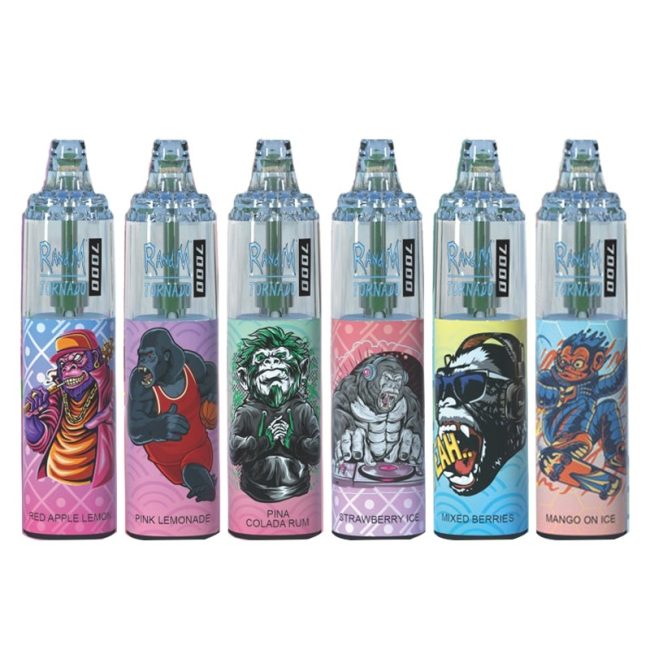1. Understanding Vaping: What It Is and How It Works
Vaping refers to the act of inhaling and exhaling aerosol, often referred to as vapor, produced by an electronic cigarette or similar device. These devices heat a liquid, usually containing nicotine, flavorings, and other chemicals, to create the vapor that is inhaled. Unlike traditional cigarettes, vaping does not involve combustion, which eliminates some of the harmful chemicals found in tobacco smoke. The process typically involves a battery-powered heating element, a cartridge or tank to hold the e-liquid, and a mouthpiece through which the vapor is inhaled.
2. The Rise in Popularity: Factors Driving the Vaping Trend
Over the past decade, vaping has surged in popularity, especially among younger demographics. Several factors contribute to its appeal. Firstly, the perception that vaping is safer than smoking traditional cigarettes has driven many smokers to switch to vaping as a potentially less harmful alternative. Additionally, the variety of flavors available, from fruity to dessert-inspired, attracts users who enjoy experimenting with different tastes. The social aspect of vaping, often depicted in popular culture and social media, also plays a significant role in its widespread adoption among youth and young adults.
3. Health Implications: Debunking Myths and Recognizing Risks
While vaping is commonly marketed as a safer alternative to smoking, it is not without health risks. The aerosol produced by vaping can contain harmful chemicals such as nicotine, ultrafine particles, volatile organic compounds, and heavy metals like nickel, tin, and lead. Nicotine, a highly addictive substance present in most e-liquids, poses risks to brain development in adolescents and can lead to nicotine dependence. Furthermore, concerns have been raised about the long-term effects of inhaling these chemicals, although research is ongoing to fully understand the implications.
4. Regulatory Landscape: Challenges and Controversies
The rapid rise of vaping has posed challenges for regulatory bodies worldwide. Government agencies grapple with how to regulate these products effectively to protect public health while balancing the potential benefits for smokers trying to quit. Regulations vary widely across different regions, from strict bans on certain flavors and marketing tactics to age restrictions and labeling requirements. The controversy surrounding vaping intensifies as new studies emerge and public opinion shifts, influencing policy decisions and public health campaigns aimed at addressing vaping-related issues.
5. Public Perception and Future Trends: Shaping the Discussion
Public perception of vaping continues to evolve as more information becomes available about its effects and risks. Educational campaigns, research initiatives, and advocacy efforts by health organizations play a crucial role in shaping this discourse. The future of vaping may hinge on advancements in technology, changes in regulatory frameworks, and ongoing research into its health effects. As society navigates these complexities, understanding the facts about vaping and its potential impact remains essential in making informed decisions about its use and regulation.
In conclusion, vaping represents a complex phenomenon influenced by social, technological, and regulatory factors. While it offers a potentially less harmful alternative to traditional smoking for adults, especially when used as a cessation aid, it also presents significant health risks and challenges, particularly among young people. The ongoing debate surrounding vaping underscores the importance of balanced regulation, comprehensive research, and informed public awareness to mitigate risks and promote public health effectively. As attitudes and policies evolve, a nuanced understanding of vaping will be essential in addressing its impact on individuals and communities worldwide.doozy eliquid
